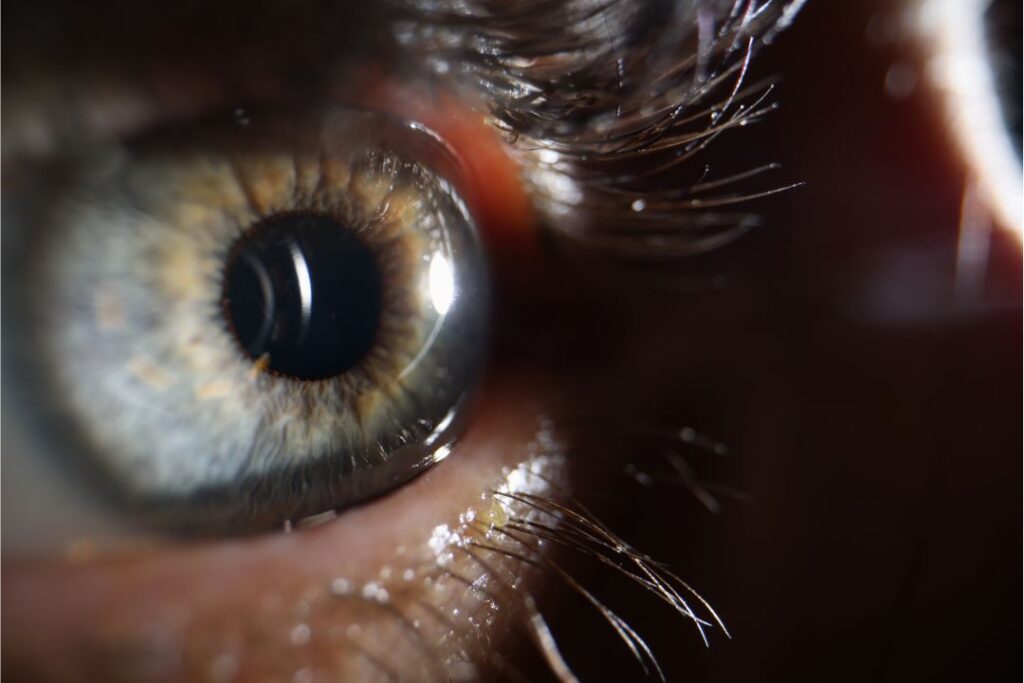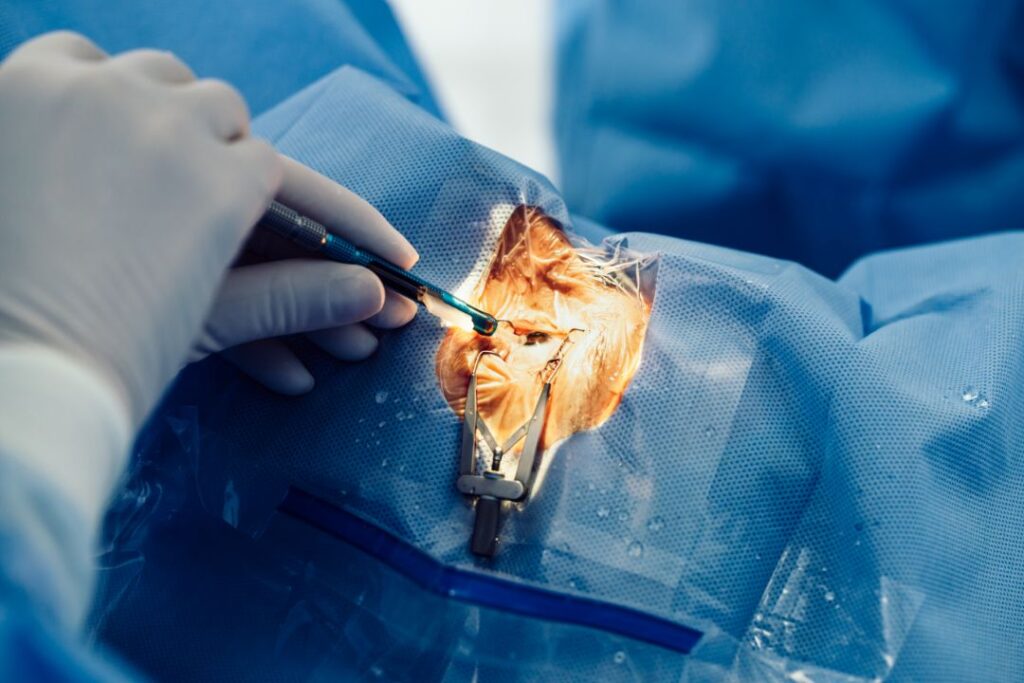Introduction: You’re Not Alone in This
Hearing the words “You have cataracts” can stop you in your tracks. For many people—especially seniors—it brings a mix of emotions: confusion, concern, and even fear. What happens next? Will you lose your vision? Is surgery scary? Is this the beginning of something worse?
Let me tell you this upfront: cataract removal is one of the most common and successful procedures in modern medicine. If you’ve just been told you have cataracts, take a deep breath. You’re not alone, and you’re not helpless.
In fact, most people walk out of cataract surgery saying, “Why didn’t I do this sooner?” The key is understanding the journey—especially the first month after surgery. Here’s what you or your loved one can expect in the 30 days following cataract removal, based on the experiences of countless patients I’ve guided through it.
See more: Meet Sydney’s Best Tattoo Artists: Masters of Fine Line and Realism
Week 1: The First Few Days After Surgery
Once the procedure is complete—usually taking just 15 to 30 minutes—you’ll go home with an eye shield and detailed instructions. Most people are amazed at how painless and quick the process is. But the body still needs time to heal.
What you might feel:
- Mild itching, scratchiness, or dryness
- A little blurry vision or light sensitivity
- Tiredness or the urge to nap (and that’s okay!)
These symptoms are completely normal. They don’t mean anything is wrong—just that your eye is beginning to heal.
Key tips for this week:
- Use your eye drops exactly as prescribed. They prevent infection and help reduce inflammation.
- Don’t rub your eye, even if it feels a little off. It’s healing on the inside.
- Wear your eye shield when sleeping to protect from accidental touches.
- Keep your follow-up appointment—usually the very next day—so your doctor can check how everything looks.
You’ll want to avoid lifting heavy things or bending over too far, but gentle movement and lots of rest are encouraged.
Week 2: Adjusting to Clearer Vision
By this point, the “fog” you used to see through may already be lifting. Many patients tell me the colors seem richer, the contrast is sharper, and faces look clearer. You might even say it feels like someone turned up the brightness on life.
This week often brings:
- Increased independence with walking, reading, or doing puzzles
- The ability to watch TV, read books, or use your phone more comfortably
- Emotions like surprise, happiness, or even tears of relief
Most patients can start doing light household tasks, go for walks, and enjoy hobbies like knitting or gardening (without dirt near the face). If your job is not physically demanding, some even return to work around now.
Just be cautious of high-risk environments: dusty areas, crowded public spaces, or anywhere you might get bumped in the face.
Week 3: Gaining Confidence in Daily Life
You’re now well on your way to healing. By the third week, vision tends to become more consistent, and people feel ready to do more. If night driving or screen glare bothered you before, you may notice big improvements now.

You may find yourself:
- Ready to drive short distances again
- Attending social events or visiting family
- Experiencing less glare and fewer halos around lights
Even if a bit of eye dryness or slight flickering remains, that’s totally normal. It’s your eye still adjusting. As long as there’s no pain or major vision changes, there’s no need to worry.
Week 4: Seeing the World Differently
This is when patients often share something beautiful with me:
“I didn’t realize how much I was missing.”
Whether it’s the bright green of the trees, the vibrant colors of clothing, or simply being able to read labels at the grocery store without squinting—it’s like rediscovering the world.
At this stage:
- Your vision stabilizes and becomes much clearer
- We may conduct an eye exam to see if you need glasses or adjustments
- You’ll probably feel more confident and at ease with your new sight
Some people no longer need glasses at all, while others may only need them for specific tasks like close-up reading.
FAQs: Common Questions Patients Ask Me
“Can I rub my eyes yet?”
Please don’t—at least not until we give you the green light. Even now, rubbing can introduce germs or irritate healing tissue.
“Will my vision keep improving?”
Yes, in many cases. Most people see steady improvements over the first 4–6 weeks, and sometimes beyond. Just stay patient and consistent with care.
“What if one eye feels different than the other?”
If you had one eye done first, it’s completely normal for them to feel different. The brain adjusts quickly, and once both eyes are treated, things typically balance out. If anything feels wrong, always call your doctor for peace of mind.
Conclusion: A Gentle Reminder of Hope
If you’ve just been told you have cataracts, remember this: You’re not alone, and this is very treatable. With today’s technology, cataract removal is fast, safe, and life-changing for most people.
The first month after surgery may come with ups and downs, but it’s all part of the healing process. Before you know it, you’ll be reading books more easily, seeing faces more clearly, and moving through your days with greater confidence.
Don’t be afraid to ask questions. Stay in touch with your care team. And most of all—enjoy your new vision. It’s not just about seeing better; it’s about living better.

